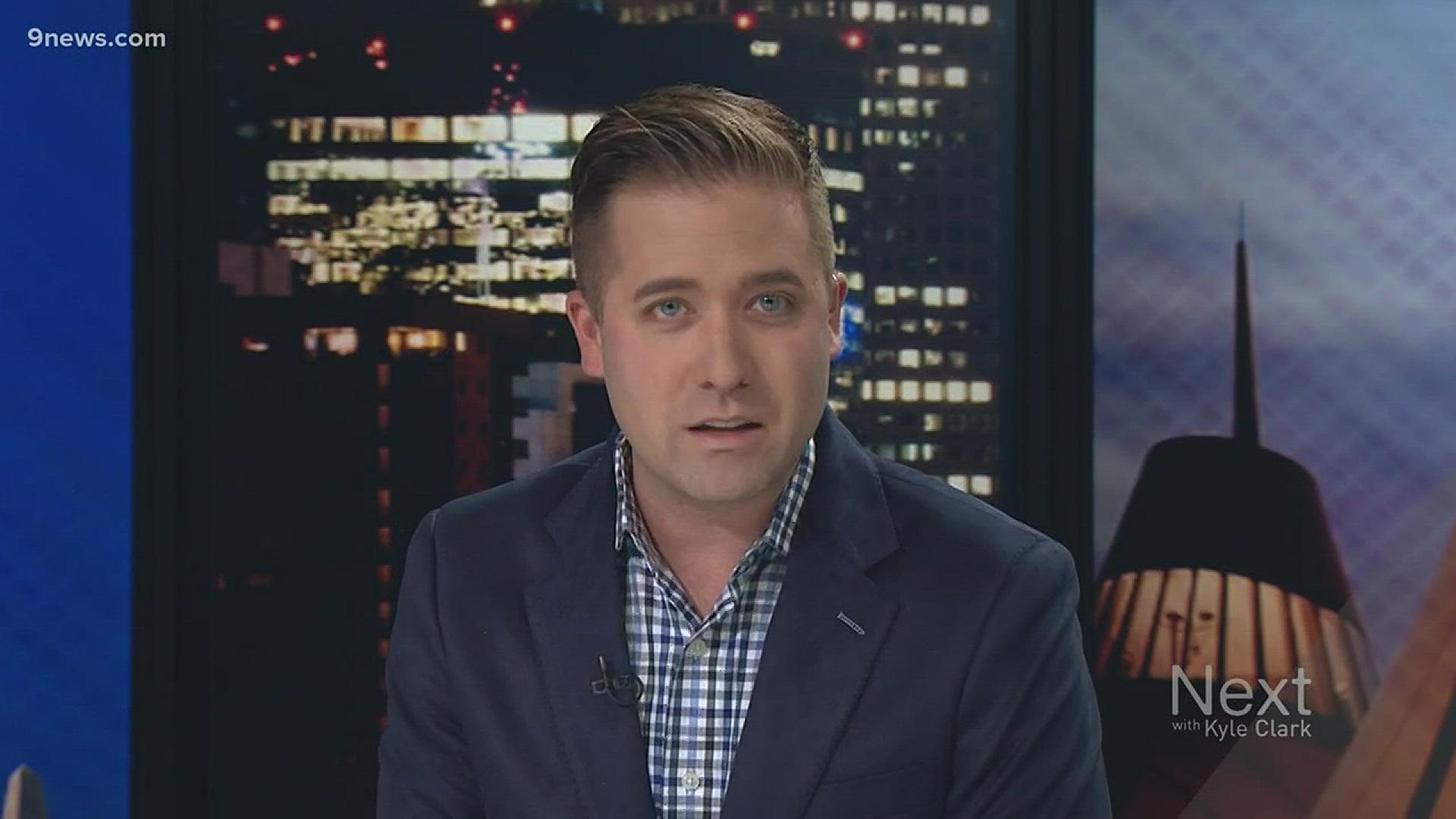The Colorado Hospital Association and the Colorado Department of Human Services hosted their second annual Colorado Opioid Safety Summit in Lone Tree on Thursday.
This year, more than 400 medical professionals, double from last year, attended to address the opioid epidemic in Colorado.
Here are some of the takeaways about changes that would help people struggling with addiction and the different efforts being used to slow a new generation from becoming dependent on drugs.
The ALTO Program:
This is a program that focuses on alternative treatments.
This is important because Dr. Rob Valuck with the Colorado Consortium for Prescription Drug Abuse Prevention said nationally 70 percent of problems with opioids, which could include an overdose or addiction, starts with someone using another person's left over pills. 17 percent start with someone using their own left over pills. 6 percent continued to take opioids a year after they were first prescribed and continued to be prescribed by a doctor. Dr. Valuck said Colorado falls within that trend.
The ALTO program gives doctors guidelines to look into different pain treatment options, including physical therapy, acupuncture and in some cases over the counter pain medications.
Dr. Don Stader, an emergency room doctor with Swedish Medical Center, said sometimes medications like Motrin can be more effective then Percocet.
The ALTO program was first tried out in ten Colorado emergency rooms in 2017.
Over the next two years, Dr. Stader said opioid prescription rates in those ER departments dropped by 61 percent and now 66 percent of emergency departments across the state use these guidelines.
The ALTO program is run through the Colorado Hospital Association, Colorado Chapter of the American College of Emergency Physicians, Colorado Consortium for Prescription Drug Abuse Prevention and Colorado Emergency Nurses Association.
Colorado's CURE Initiative:
At the summit, plans for Colorado's CURE initiative were announced. Dr. Stader said it's essentially taking the ALTO program and expanding it.
"If the only place you could get medical care was the emergency department we would have wrapped this up and made pretty great improvement in the opioid epidemic," Dr. Stader said.
Since that's not the case, Dr. Stader said the plan is to expand the program to areas where more people get medical help, like their family doctor, surgeons and dentists. The plan is to help them create guidelines of their own about opioid prescriptions so that there is a more uniform approach.
Dr. Stader said the goal is to be more judicious with opioids and that, "opioids are no longer the number one drug for treatment of pain, but used appropriately for severe pain or rescue if another drug failed."
The CURE Initiative is being run through the Colorado Hospital Association, Colorado Medical Society and the Colorado Consortium for Prescription Drug Abuse Prevention.
The goal is to get medical professionals societies signed and on board by March. They will come up with their guidelines by the end of the year in order to be ready to roll out the CURE Initiative next year.
Expanding Medication Assisted Treatment:
MAT is a combination of behavioral therapy and medication. Those medications include methadone and buprenorphine, which are considered safer alternative opioid medications to help with withdrawals. People can also take naltrexone to help with cravings afterward.
However, Dr. Stader said only three emergency rooms in Colorado currently offer it: University of Colorado, Denver Health and St. Anthony's Hospital. All of them are in the Denver metro area.
At the opioid summit, two groups, the Colorado Hospital Association and the American College of Emergency Physicians, talked about plans of expanding MAT to more emergency rooms. The idea is to use grants, including federal dollars, to help with the cost, including stocking new medication, new providers, social workers, addiction experts and building a new referral network. Eventually, Dr. Stader said hospitals systems would help cover the cost and the hope is to have insurance companies cover costs too.
"Most insurers have at least some coverage for it, but it varies, so people should check with their insurer on it to see what is covered for them," Dr. Valuck with the Drug Consortium said in an e-mail to 9NEWS.
Elizabeth Owens with the Office of Behavioral Health said Medicaid also covers MAT.

